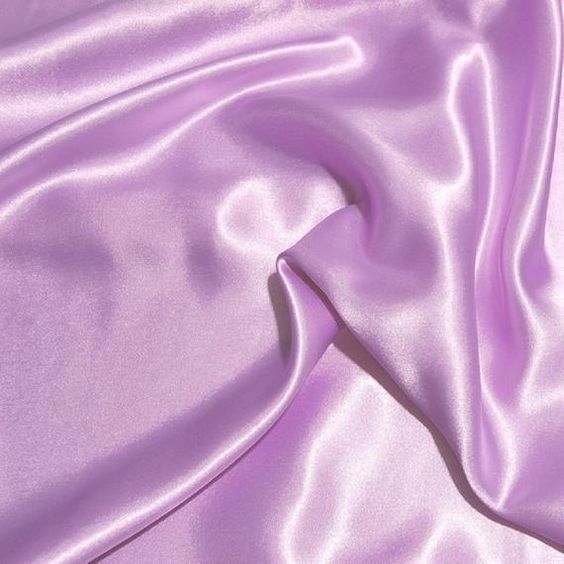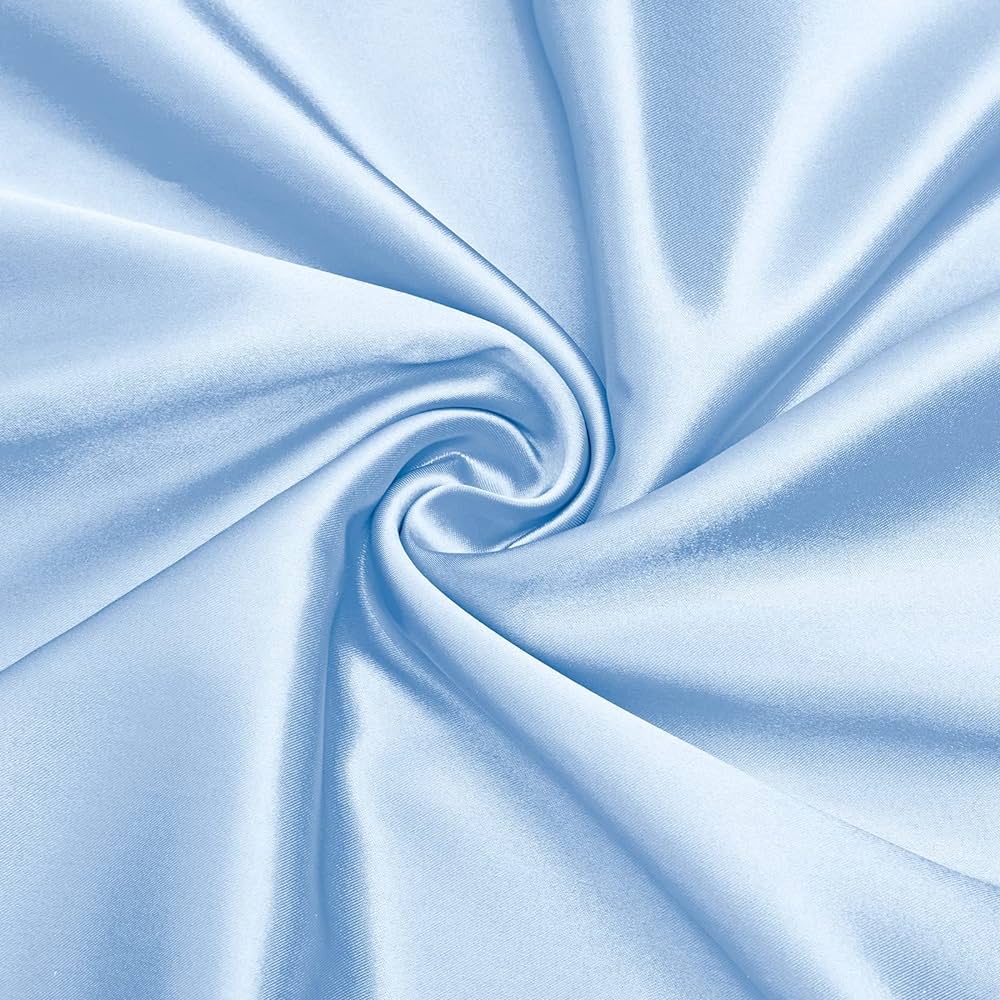
Introduction
Satin, with its smooth, lustrous surface and luxurious drape, has been a staple in the world of textiles for centuries. Its elegance and versatility have made it a favorite among designers and fashion enthusiasts alike. From flowing gowns to sleek lingerie, satin fabric adds a touch of sophistication and refinement to any garment or accessory.
History of Satin Fabric
The origins of satin can be traced back to China, where it was first produced during the Song Dynasty (960-1279 AD). The name “satin” is derived from the Arabic word “zaytuni,” meaning “olive,” as the fabric was initially woven from silk produced in the Zaytun region of China. Over time, satin weaving techniques spread to other parts of the world, with each region adapting and refining the process to create its own unique variations.
Manufacturing Process of Satin Fabric
The production of satin fabric involves a specialized weaving technique that creates a smooth, lustrous surface on one side of the fabric. This effect is achieved by floating longer warp or weft threads over shorter ones, allowing for a higher thread count and a denser surface. The type of satin weave, such as Sateen or Charmeuse, determines the pattern of floating threads and the resulting drape and sheen of the fabric.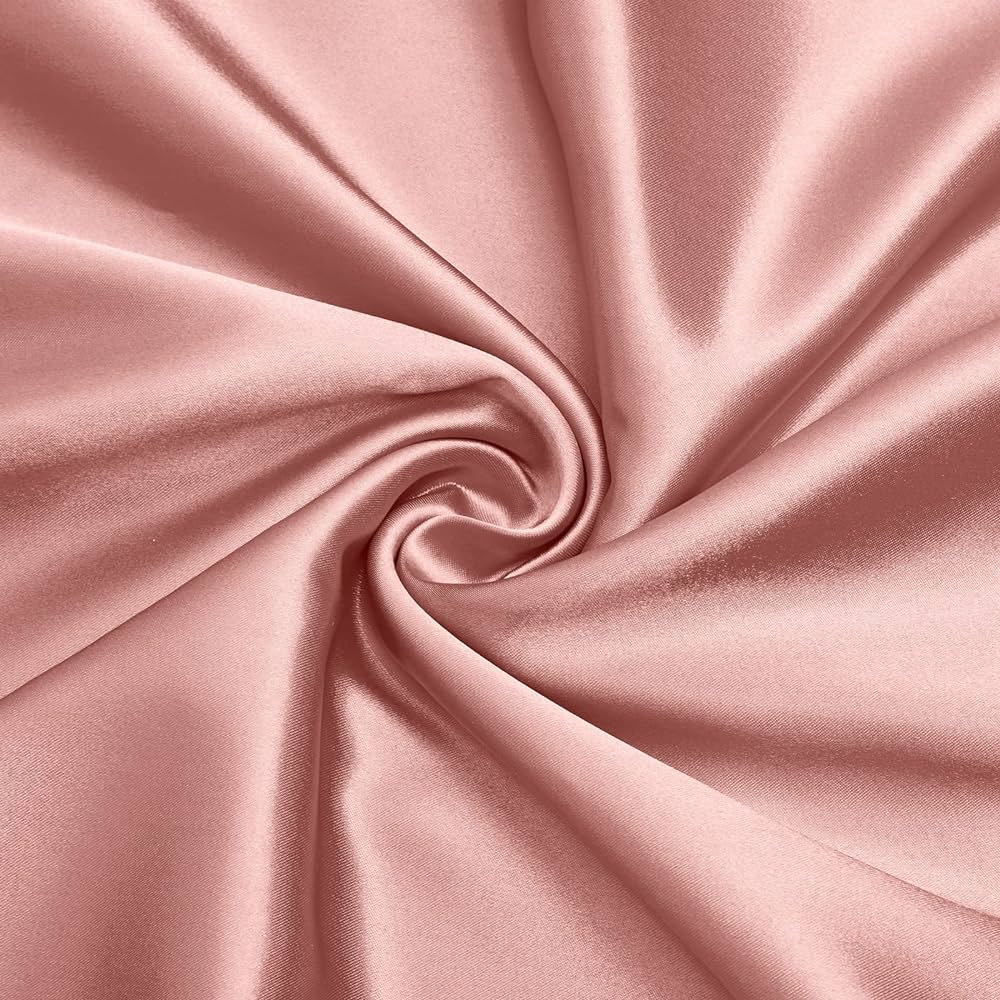
Properties of Satin Fabric
Satin fabric is renowned for its distinctive properties that make it a highly sought-after material for various applications. Here are some of the key characteristics of satin:
-
-
Smooth and Lustrous Surface: Satin’s signature feature is its smooth, lustrous surface, which reflects light beautifully, creating a luxurious appearance.
-
Soft and Drapey: Satin has a soft, fluid drape that allows it to flow gracefully and hug the contours of the body, making it ideal for garments and accessories that emphasize movement.
-
-
Breathable and Lightweight: Despite its luxurious feel, satin is surprisingly lightweight and breathable, making it comfortable to wear in both warm and cool weather.
-
Durable and Long-lasting: Satin fabric is relatively durable and can withstand regular wear and tear, making it a worthwhile investment for garments and accessories that are intended for frequent use.
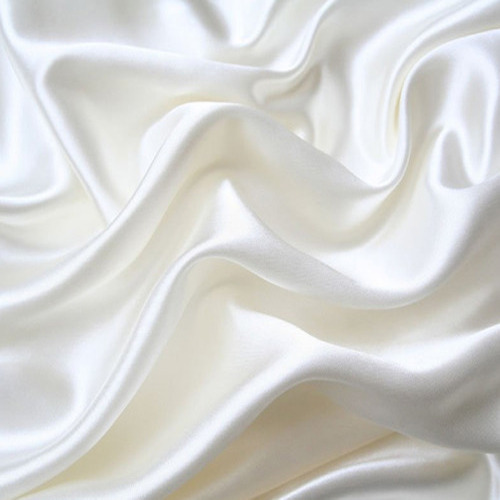
Types of Satin Fabric
Satin fabric comes in a variety of types, each with its own unique characteristics and applications. Some of the most common types of satin include:
-
- Sateen Satin: Sateen satin features a 3:1 or 4:1 weave ratio, resulting in a smooth surface on the right side and a slightly textured surface on the wrong side. It is often used for garments, bedding, and upholstery.
-
- Charmeuse Satin: Charmeuse satin features a 5:1 weave ratio, creating a luxuriously soft and smooth surface on both sides. It is known for its exceptional drape and is often used for high-end lingerie, evening wear, and curtains.
-
- Duchesse Satin: Duchesse satin is a heavier and more opulent type of satin, often made from silk or high-quality polyester. It is known for its exceptional drape and is often used for bridal gowns, formalwear, and upholstery.
-
- Pongee Satin: Pongee satin is a lighter and more affordable type of satin, often made from polyester or rayon. It is a versatile fabric used for a wide range of applications, including garments, bedding, and craft projects.
Applications of Satin Fabric
Satin fabric’s versatility and luxurious appeal have made it a popular choice for a wide range of applications, including:
-
- Apparel: Satin is commonly used for garments that require a touch of elegance and sophistication, such as evening gowns, lingerie, blouses, and sleepwear.
-
- Bedding: Satin sheets and pillowcases are prized for their smooth, cool feel and luxurious appearance, adding a touch of opulence to the bedroom.
-
- Upholstery: Satin fabric is often used to upholster furniture, such as sofas, chairs, and headboards, adding a touch of elegance and refinement to interior décor.
-
- Shoes and Accessories: Satin is used for the lining of shoes, handbags, and other accessories, then adding a touch of luxury and comfort.
-
- Crafts and Decorations: Satin fabric can be used for various craft projects, such as ribbons, bows, and then table runners, adding a touch of elegance and sophistication to décor.
Caring for Satin Fabric
To maintain the beauty and longevity of satin fabric, proper care is essential.
-
Washing: Satin can be delicate, so always check the care label before washing. Hand washing in lukewarm water with a mild detergent specifically designed for delicates is recommended. Avoid harsh chemicals, then bleach, or fabric softeners, which can damage the fabric’s sheen.
-
Drying: Skip the dryer! Satin dries best laid flat away from direct heat and sunlight. Lay the garment on a clean towel and reshape it gently. Then you can roll the towel with the garment inside to remove excess moisture, but avoid wringing or twisting the fabric.
-
Ironing (optional): If ironing is necessary, use the lowest heat setting and iron on the wrong side of the fabric with a pressing cloth between the iron and then the satin. This helps protect the sheen and prevents scorching.
-
Storage: Store satin garments in a cool, dry place, away from direct sunlight. Use breathable storage containers or hanging bags to prevent wrinkles. Avoid folding satin garments with sharp creases, as these can become permanent.
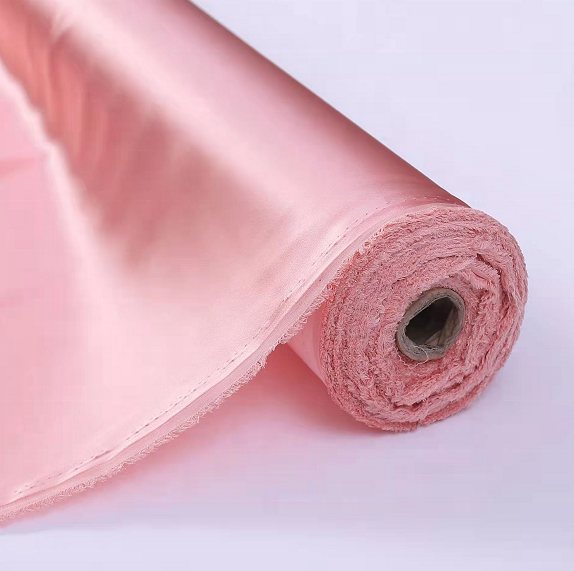
Additional Tips for Maintaining Satin Fabric
-
Handle with care: Satin can snag easily, so be mindful of sharp objects and jewelry when wearing satin garments.
-
Turn garments inside out: When storing or washing satin garments, then turn them inside out to protect the shiny surface from friction.
-
Professional cleaning: For heavily soiled or delicate satin pieces, consider professional cleaning. Then a professional cleaner can handle stains and ensure proper care to maintain the fabric’s quality.
Conclusion
Satin fabric, with its luxurious feel, beautiful drape, and timeless elegance, adds a touch of sophistication to any application. By understanding its properties, different types, and proper care techniques, you can ensure your satin garments and accessories stay beautiful and last for years to come. Whether you’re looking for a flowing evening gown, luxurious bedding, or a touch of elegance in your home décor, satin fabric offers a versatile and stunning option. So, embrace the luxury and explore the endless possibilities this beautiful fabric presents!
